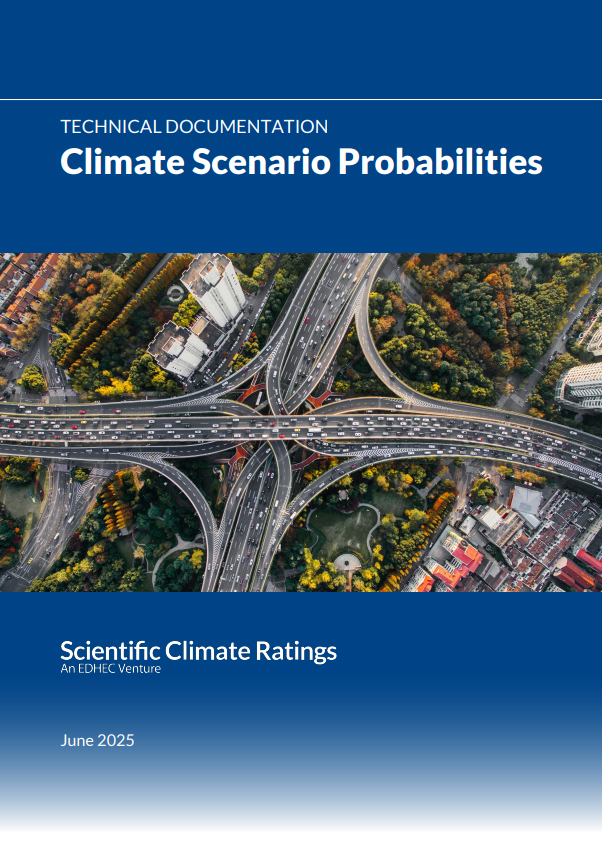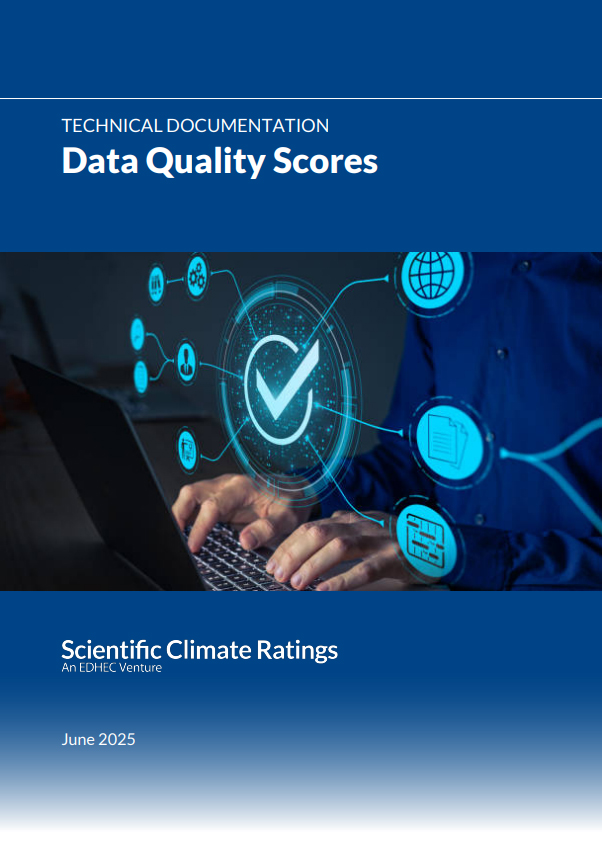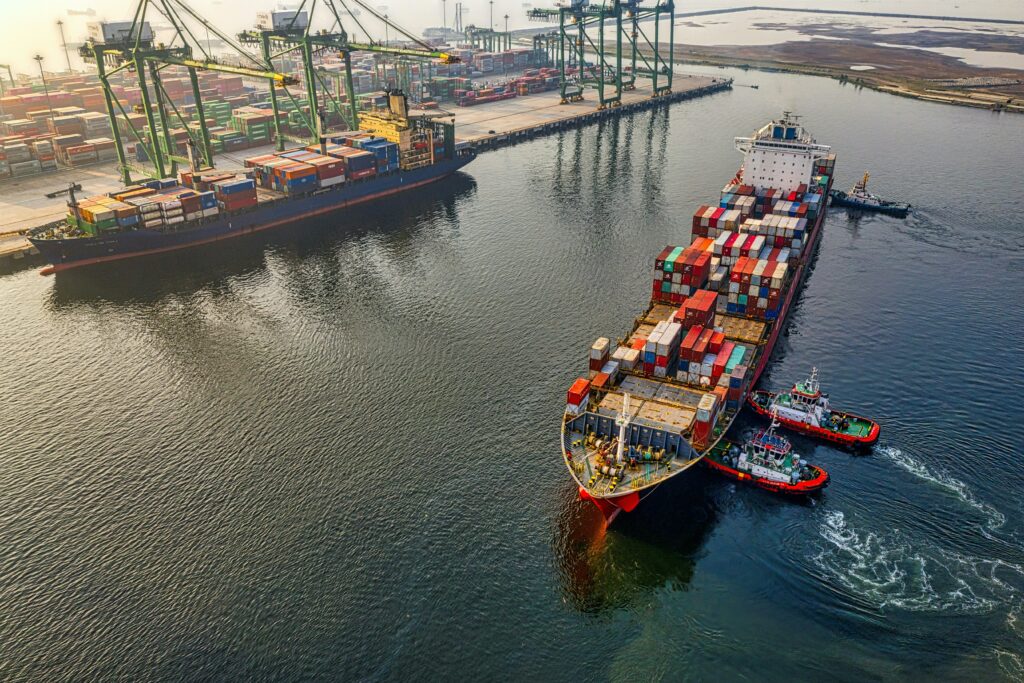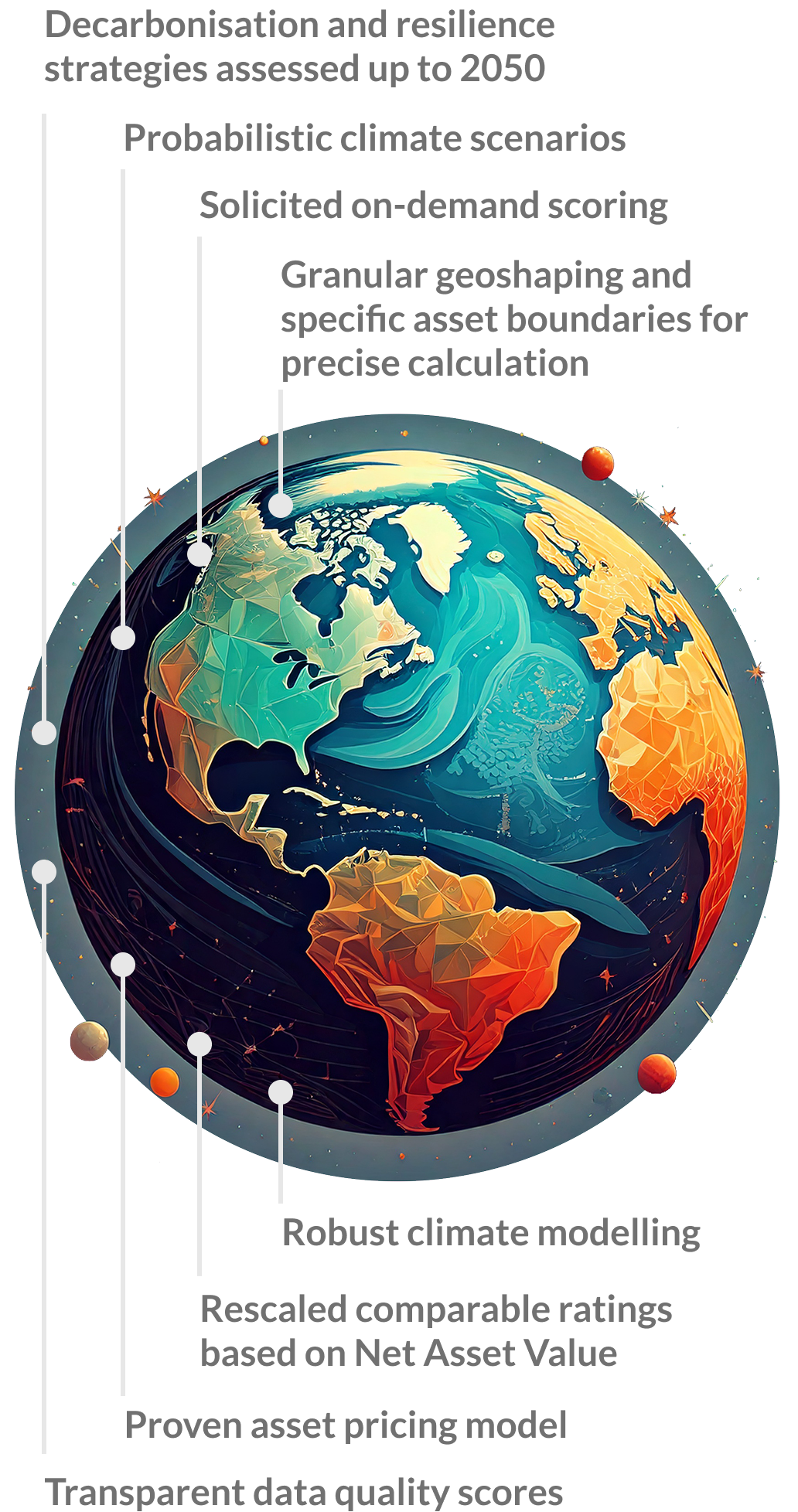Scientific Climate Ratings: from exposure to financial impact: a new standard in climate risk ratings
The Effective Climate Risk Rating (ECRR)
Our Methodology
Underlying Key Inputs
How financially material are climate risks for me?
- Advanced climate risk ratings for corporates and investors
- Transparent and robust science-based asset price models
- Decarbonisation and resilience measures factored in
- Quantified forward-looking impact under multiple climate scenarios
- Granular data for advanced reporting and risk management
Methodology Documents
ECRR
methodology


Data Quality
Score

Discover more about our physical and transition risk methodologies
Decoding Effective Climate Risk: Find the Answers You Need (FAQ section)
Infrastructure assets are particularly susceptible to physical risks, which are influenced by factors such as location, design, and size. Both acute and chronic risks can inflict significant damage, exposing companies to direct financial impacts.
Our research reveals that transition risks could result in over USD 600 billion loss for infrastructure investments. Furthermore, physical risks have the potential to reduce the value of the most vulnerable portfolios by up to 50 percent.
The metrics used for the ECRR are based on companies’ Net Asset Value (NAV), offering a more accurate reflection of how physical and transition risks impact their cash flows and overall value. For this reason, we refer to it as a ‘risk’ rating rather than an ‘exposure’ rating.
We have chosen not to include insurance coverage in the ECRR for a fundamental methodological reason: the mismatch between the short-term nature of insurance contracts and the long-term horizon of our ratings. The ECRR estimates climate-adjusted expected returns over forward-looking timeframes, such as until 2035 and 2050, consistent with widely used climate scenarios. By contrast, insurance policies—whether for physical asset protection or business interruption—are typically annual contracts, subject to frequent changes in terms, coverage limits, and premiums. No insurance contract provides a credible guarantee of protection over the multi-decade period that matters for climate-adjusted financial assessments. Including such short-term, conditional instruments would, therefore, risk misrepresenting long-term climate resilience and introduce inconsistencies across rated entities. Furthermore, as climate-related risks escalate, insurability may diminish, especially in high-exposure sectors or geographies.
- Comprehensive benchmarking: Our consistent and robust models establish a unified, global language for climate materiality across businesses, which allows for sectoral comparisons and benchmarking across 6,000+ assets, 100+ sectors, and 25 countries.
- Reporting granular data: We offer climate-related, specific, and granular data for TCFD, ESRS, and IFRS S2 disclosures, including GHG emissions (all scopes), and physical and transition risk metrics in both monetary and relational terms.
- Monitoring future risks: Multiple climate scenarios with varying time horizons help monitor future physical and transition risks for sustainable business planning.
- Comprehensive climate analysis: Our ClimaTech database supports evaluating technology opportunities for decarbonisation and resilience strategies. These adaptation and mitigation measures allow us to adjust companies’ risk exposure accordingly.
- Financial risk evaluation: Transparent and robust materiality metrics allow for integration into financial risk management and valuations.



